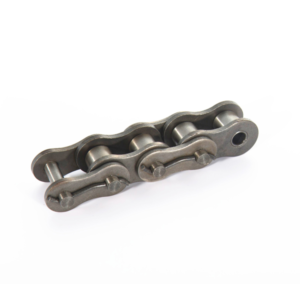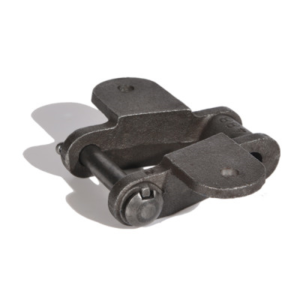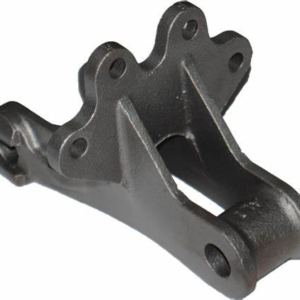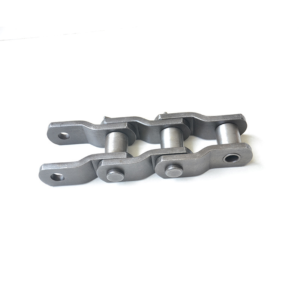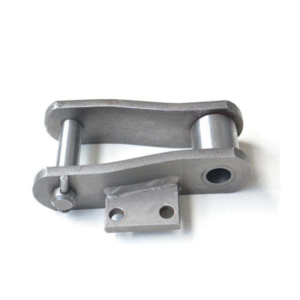What does the tension pulley do?
A drive belt tensioner is a pulley mounted on a spring mechanism or adjustable pivot point that can be used to keep tension on the engine belts. … Both are being used to keeptension on the engine serpentine belts in order that they can travel the many engine accessories.
How do you change a tensioner pulley?
Turn the adjustment bolt privately, top or bottom of the pulley counterclockwise with the ratchet and socket before equipment belt is loose enough to remove. Tighten the tensioner pulley by turning the adjustment bolt clockwise with the ratchet and socket before belt is tight.
How do you know
A tensioner pulley guides the belt around the tensioner and allows the belt to spin while the tensioner maintains pressure against it. A failing tensioner pulley could cause power reduction and damage to your belt-driven devices. You may have a failing tensioner pulley if you hear any squeaking or squealing beneath the hood. Bearings on the pulley can wear out, causing noise and high temperature. Pulleys are usually made of either plastic or metallic, so verify the pulley itself for any damage aswell. At O’Reilly Automobile Parts, we’ve tensioner pulleys designed for many vehicle models.
The automated pulley tensioner comes with an  internal spring-loaded mechanism that keeps the serpentine belt under constant tension. Its design allows it to keep carefully the serpentine belt taut, so that the other item pulleys rotate at the same rpm (revolutions each and every minute) while under the same secure pressure. Tensioner pulleys can also absorb slight shock loads that happen when the air conditioning unit cuts on and off. As a constantly rotating part, the pulley tensioner can give off some warning signs before failure.
internal spring-loaded mechanism that keeps the serpentine belt under constant tension. Its design allows it to keep carefully the serpentine belt taut, so that the other item pulleys rotate at the same rpm (revolutions each and every minute) while under the same secure pressure. Tensioner pulleys can also absorb slight shock loads that happen when the air conditioning unit cuts on and off. As a constantly rotating part, the pulley tensioner can give off some warning signs before failure.
Rust and Corrosion
The pulley tensioner sits exposed to the elements at the front of the engine. Put through puddled water “splash-up,” as time passes the tensioner arm and pulley device can rust. Corrosion can freeze the automatic tensioner device or corrode the shaft bearings, that may cause a frozen posture in the adjustment pressure. Without the proper pressure, the belt can slide.
Debris Contamination
Rocks, gravel and other highway debris could be thrown up in to the tensioner pulley grooves and jam the device. This can allow the serpentine belt to slide on the tensioner pulley and burn up. Overheated pulley temperature results, and finally the serpentine belt will melt and snap off.
Pulley Tensioner Spring
The pulley tensioner spring inside housing can become weak from age and repeated contact with heat. This triggers the belt to flutter and skip instead of maintaining a constant pressure on the pulley. Symptoms of a fragile spring show as glazing on the lower of the serpentine belt, with an intermittent flickering of the dashboard’s charging light indicator. Squealing or squeaking will be observed at the belt site.
Pulley Wobble
If the tensioner pulley wobbles on its shaft, it means the inside shaft bearings have worn. This will cause a pulley misalignment. Terrible bearings cause an audible growling noises. The external ends of the serpentine belt will fray and stretch out the belt. Ultimately the rubberized belt grooves flatten out and cause major slippage. An excessively wobbling pulley can throw the belt off, leading to all the add-ons to quit functioning.
Lever Arm Freeplay
Some tensioner pulleys have markings on the casing that indicate the maximum range that the pulley can travel. If the lever arm of the tensioner rides under or over the designated mark, it indicates a stretched belt or a lever arm which has jammed in a single position.
Pulley Misaligment
The tensioner pulley face must match up to the other accessory pulleys with a parallel alignment. Placing a long, straightedge ruler against the face of the tensioner pulley, and then flushing it against another item pulley, can measure the angle. Any off-angle measurement indicates worn shaft bearings in the pulley housing.
Serpentine Belt Noise
A moderately worn serpentine belt produces a constant squeaking noise during engine idle. Belts that contain worn severely job a loud chirping or squealing sound. The cause details to a glazed, donned or cracked belt. Dried out or partially frozen tensioner pulley bearings can cause such sounds by wearing out the belt prematurely.
Lever Arm Oscillation
A lever arm that repeatedly oscillates backwards and forwards during idle or higher speeds means the the within damper mechanism in the tensioner pulley has weakened or broken. This triggers sporadic tension pressure on the belt and will manifest itself with intermittent chirping sounds.
